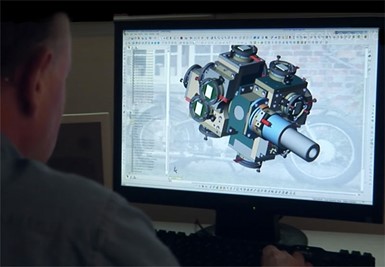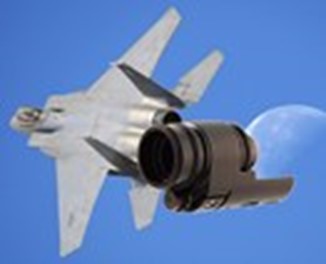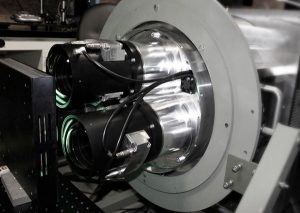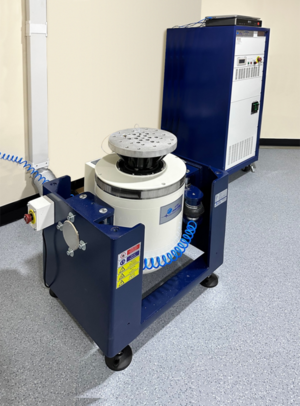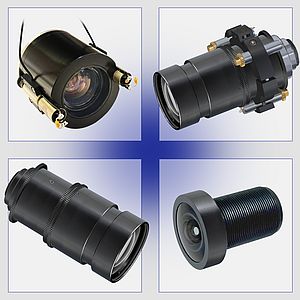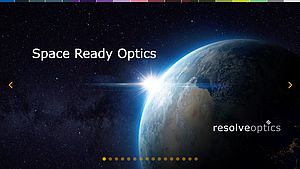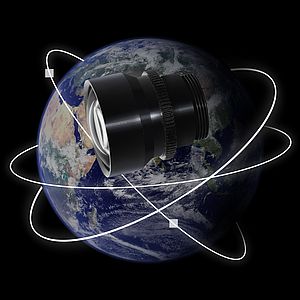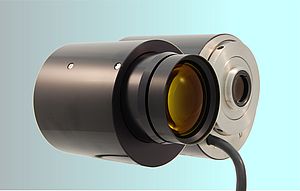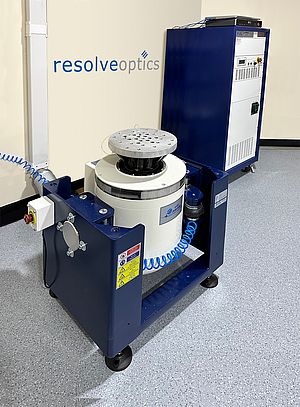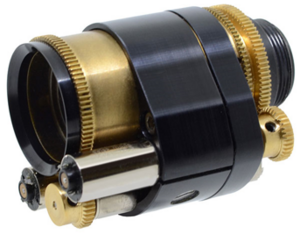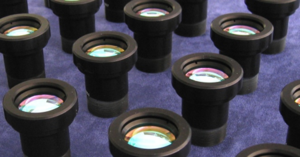In this interview with Mark Pontin, Managing Director of Resolve Optics Ltd, we asked the company about the design and production of specialist optics for aerospace applications, as well as their participation to the European Union Horizon 2020 program to develop an ultra-large format aerial surveillance camera.
IEN Europe: How are Resolve Optics lenses and optical systems used in aerospace applications? What are the key advantages of your solutions?
Resolve Optics: The range of aerospace applications where our lenses and optical systems form a critical part of a sensing or imaging system is growing year on year. Recently we have supplied key optics for head-up-displays for commercial and military aircraft, ultra-high-resolution lenses for airborne aerial surveillance and radiation resistant lenses that operate at the heart of a satellite based remote monitoring system. Drawing upon 30-years of experience we can offer expert design, development and manufacture of bespoke lenses and optical systems that offer many advantages over regular off-the-shelf commercial grade optics for use in environmentally challenging aerospace and spaceborne applications.
IEN Europe: What are the main challenges in the development of a lens or optical system to be used in aerospace applications?
Resolve Optics: Producing a lens or optical system for aerospace use requires careful consideration of its resistance to vibration, shock, temperature and water ingress in addition to ensuring high reliability and top performance. Designing lenses to survive and maintain a quality of image and mechanical movement in challenging environments is not something you can leave to theoretical analysis alone, it also requires a level of physical testing as well. The majority of customers, that require a lens or optical system to survive the challenges of helping collect high quality images from a fast moving aircraft, will want to put their system through rigorous environmental testing to minimize the possibility of failure in operation. Environmental testing for vibration, shock, water, dust, temperature, pressure etc. is extremely expensive so for Resolve Optics it is imperative that we take every precaution possible to ensure our lenses and optical systems are designed to withstand each customer’s environmental specification. This requires us to use the stress analysis tools in our 3D CAD software to identify and design out any areas of weakness. Once we have a design that is as rugged as possible, we will then test the lens on our in-house vibration and shock test equipment. Using the correct vibration profile enables us to simulate the conditions the lens will need to survive.
Producing a rugged lens or optical system optimized to your environmentally challenging application is a complex task. However, our team of experienced optical, mechanical, and electronic engineers and designers have a proven track record of producing top quality, robust fixed focus and zoom lenses and high-performance optical systems for aerospace applications.
IEN Europe: Compared with standard off-the-shelf lenses, what benefits do application optimized lenses offer to aerospace organizations?
Resolve Optics: Off-the-shelf lenses are typically manufactured for mass market applications where unit cost is the dominant driving force. However, when it comes to an application that optically requires something a little more demanding such as high performance, high-resolution, compactness, environmental resilience or a large format image the off-the-shelf market will force you to accept a compromise in one or more aspects of optical performance. The result can be that the range of applications solvable using the off-the-shelf lens is restricted or you have to change your product to accommodate the lens resulting a bulkier less attractive product. In addition, going for an off-the-shelf lens you have no control over the security of your lens supply and have to accept sub-optimal optical performance leading to a loss of competitive advantage. As a result, demand for custom lens designs that meet the exact needs of camera and sensor organizations targeting aerospace application is rising dramatically.
IEN Europe: To survive and maintain a high quality of image in tough environments, such as on satellites and spaceborne research platforms, what are the main challenges for optical lenses?
Resolve Optics: Many different types of optical imaging and sensing systems are used to observe and measure the Earth and the universe at large. However, designing optical systems for satellites and spacecraft is challenging due to the harsh conditions that space places upon components and systems working in this remote environment. Designing high performance optical systems for confidential space projects is something that we have done for over 20 years. Lenses that are used in space applications have to meet certain basic requirements to survive the harsh environment of space. Lenses must be constructed of specific materials that will not outgas when exposed to a vacuum such as exists in space. Consequently, all significant air spaces should be vented to avoid pressure on the elements and distortion of the lens. All materials right down to glues and greases must be approved and tested for outgasing. A major consideration for spaceborne optical systems is their radiation resistance. All optical elements within lens designs we undertake for spaceborne projects are made using cerium oxide doped glass or synthetic silica enabling them to withstand radiation doses of up to 100,000,000 rads and temperatures up to 55°C without discoloration or degradation of performance. These radiation resistant lenses provide high image resolution and minimum geometric distortion from 400 to 750nm.
IEN Europe: I understand that you have recently participated in an EU project to develop a next generation ultra-high resolution aerial surveillance camera – please tell us about your involvement in this project?
Resolve Optics: A few years we were chosen as the optical design and development partner within a consortium that received €1.68 million funding from a European Union Horizon 2020 program to develop an ultra-large format aerial surveillance camera. Aerial Surveillance work depends on the weather, and is challenged every day by how much data you can acquire when the sky is clear. Incorporating 3 ultra large format, low distortion custom lenses, developed by Resolve Optics, the B66 extra-large format camera produces high quality aerial surveillance images two to three times larger than the standard image size generated by other large format cameras on the market. As a consequence, not only are less images required for geographic data mapping but also these images require less processing time saving operators time and money. Recently this powerful aerial surveillance camera was to undertake a photogrammetric survey of coastal erosion in Northern France.
IEN Europe: What other markets might be able to benefit from the optical innovations you have pioneered for spaceborne applications?
Resolve Optics: Spaceborne applications present a challenging environment, subject to radiation, where camera lens servicing or replacement is highly undesirable. Overcoming these same challenges has enabled us to become a leading supplier of fixed focus and zoom radiation resistant lenses for applications in nuclear reprocessing and power generation. Our expertise in radiation resistant optics has also been of interest to medical research instrumentation companies. In this market our radiation resistant lenses form targeting elements in synchrotron radiation therapy machines and also in commercial x-ray instrumentation.
Interview with Mark Pontin – Managing Director of Resolve Optics Ltd.
Anis Zenadji



